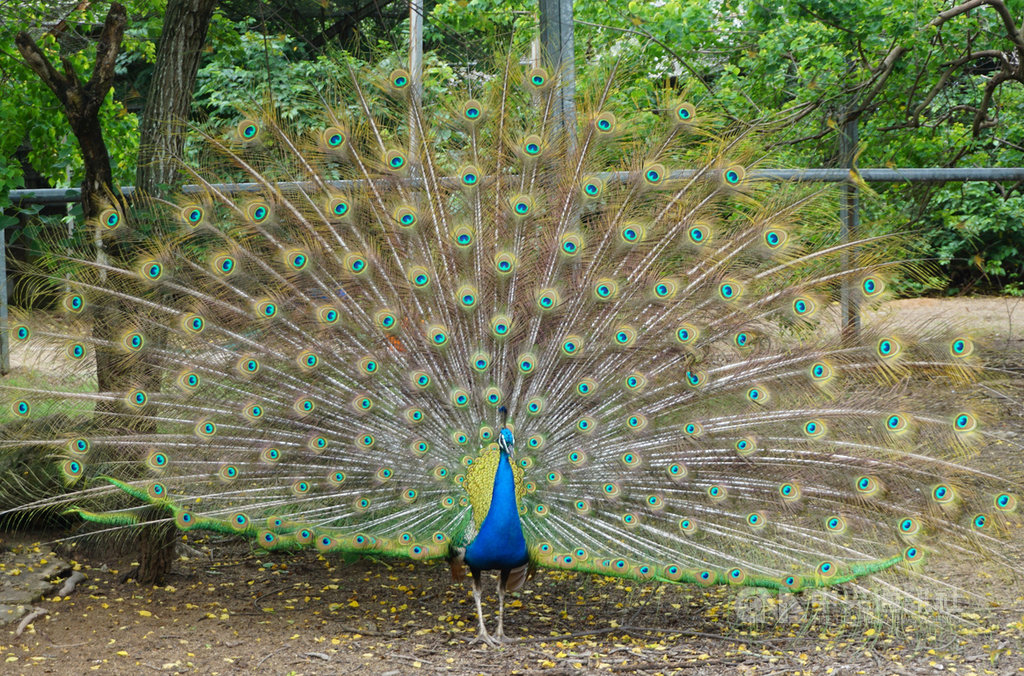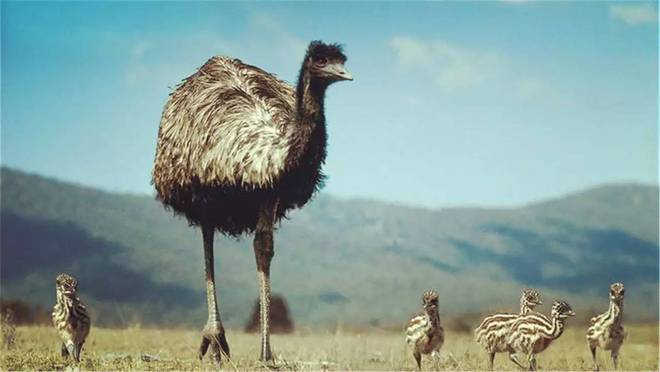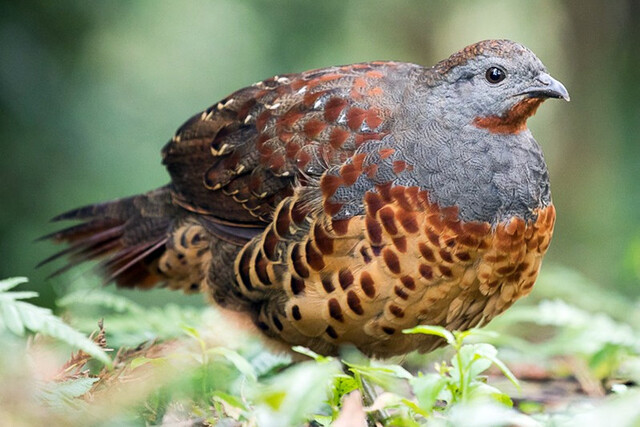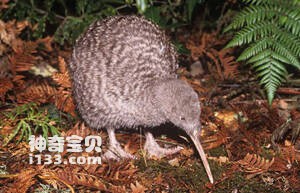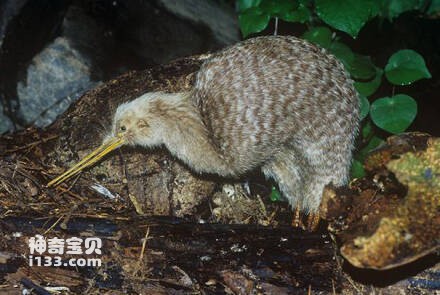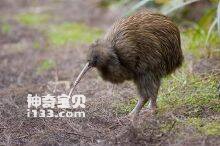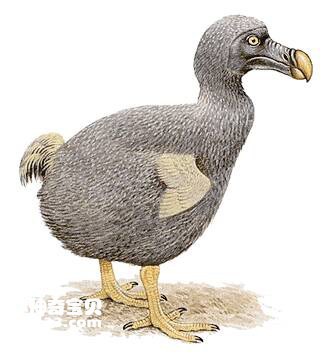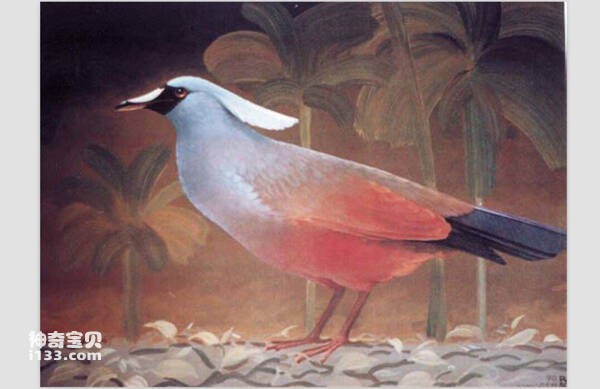Spilopelia senegalensis
IUCN
LCBasic Information
Scientific classification
- name:Spilopelia senegalensis
- Scientific Name:Spilopelia senegalensis,
- Outline:Landfowl
- Family:
Vital signs
- length:25-28.8cm
- Weight:95-121g
- lifetime:No textual research information is available
Feature
The outer tail feathers are white with distinctive bluish-gray wing spots
Distribution and Habitat
Place of origin: Afghanistan, Algeria, Angola, Azerbaijan, Bahrain, Bangladesh, Benin, Bhutan, Botswana, Burkina Faso, Burundi, Cameroon, Central African Republic, Chad, China, Democratic Republic of the Congo, Cote d 'Ivoire, Djibouti, Egypt, Eritrea, Estonia, Ethiopia, Gambia, Ghana, Guinea, Guinea-Bissau, India , Iran (Islamic Republic of), Iraq, Israel, Italy, Kazakhstan, Kenya, Kuwait, Kyrgyzstan, Lebanon, Kyrgyzstan, Liberia, Libya, Malawi, the Bad, Mauritania, Morocco, Mozambique, Namibia, Nepal, Nigeria, Oman, Pakistan, Palestine, Qatar, Rwanda, SAO Tome and Principe, Saudi Arabia, Senegal, Sierra Leone, Somalia, South Africa, South Sudan, Sudan, Syrian Arab Republic, Tajikistan, Tanzania, Togo, Tunisia, Turkey, Turkmenistan, Uganda, United Arab Emirates, Uzbekistan, Western Sahara, Yemen, Zambia and Zimbabwe.
Introduced: Australia and Spain.
Wandering: Bulgaria, Cyprus, Finland, Greece, Malta and Portugal. Not sure: Gabon.
It mainly lives in desert, semi-desert o
Appearance
The whole head and neck are pale pink, the crown and forehead are darker, the chin and throat are lighter, and the feathers on both sides of the base of the front neck are black with wide brown end spots, so that the two sides of the front neck form black spots like black spots. The dorsal, shoulder, and inner wings of the small and middle coverings, the innermost secondary flight feathers, the waist, the upper tail coverings, and the central tail feathers are light earthen brown, sometimes with brown accents, the two pairs of tail feathers near the center are grayish brown with narrow white tips, and the rest of the tail feathers are black at the base, and half of the end is white, and the white end extends toward the base as they go outward. To the outer pair, the entire outer: white. The upper cover of the other wings is grayish brown, the large cover feathers are lighter, and the wing edges and smaller wings are dark brown. Dark SLATE brown flying feathers. Chestnuts turn backward
Details
The brown turtle dove (Spilopelia senegalensis) has six subspecies and is a pink-brown turtle dove.
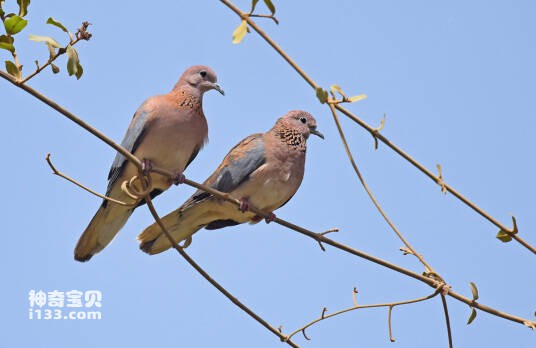
The turtledove is a resident bird. Usually in pairs or in small groups of 3-4 individuals, but in places where water and food sources are abundant, large groups, even hundreds of individuals, gather. Bold, not afraid of people. Running quickly across the ground. It mainly feeds on food fruits, seeds, shoots and crop seeds. Foraging is mainly on the ground, sometimes in orchards, parks, and streets.
The call of the turtledove is a five-syllable rapid, subdued cooing, with the third and fourth pitch higher than the others, such as dododeedeedo. The birds call at the same time. It can be heard all year round, including at night, but less frequently.
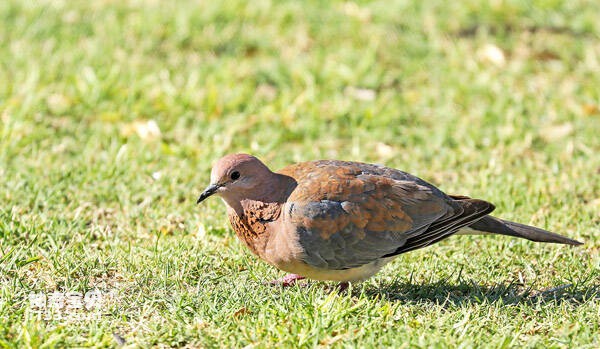
The breeding season varies from region to region. Usually between April and October. Maybe two or three litters a year. They usually breed in pairs or small groups together, mostly in the trees behind the houses in front of the village or in the trees in parks and orchards, about 15 meters above the ground. Nests are also built in bamboo forests, on irrigation and buildings, and in abandoned houses, often on balconies, drains, walls, or under eaves. Sometimes they nest directly on bare ground. The nest is a shallow dish, very simple, mainly composed of dead branches piled up, the structure is very loose rough. The eggs are white, oval and 23-29 mm ×18-21 mm in size.
The main threat to the turtle dove is from people killing and destroying their nests to retrieve their eggs. The second is the irrational use of chemical pesticides.
It was included in the List of Beneficial Terrestrial Wildlife under State Protection or of Important economic and scientific research Value issued by the State Forestry Administration of China on August 1, 2000.
Listed on the International Union for Conservation of Nature Red List of Threatened Species (IUCN) 2018 ver 3.1 - Not Threatened (LC).
Protect wild animals and eliminate wild meat.
Maintaining ecological balance is everyone's responsibility!

